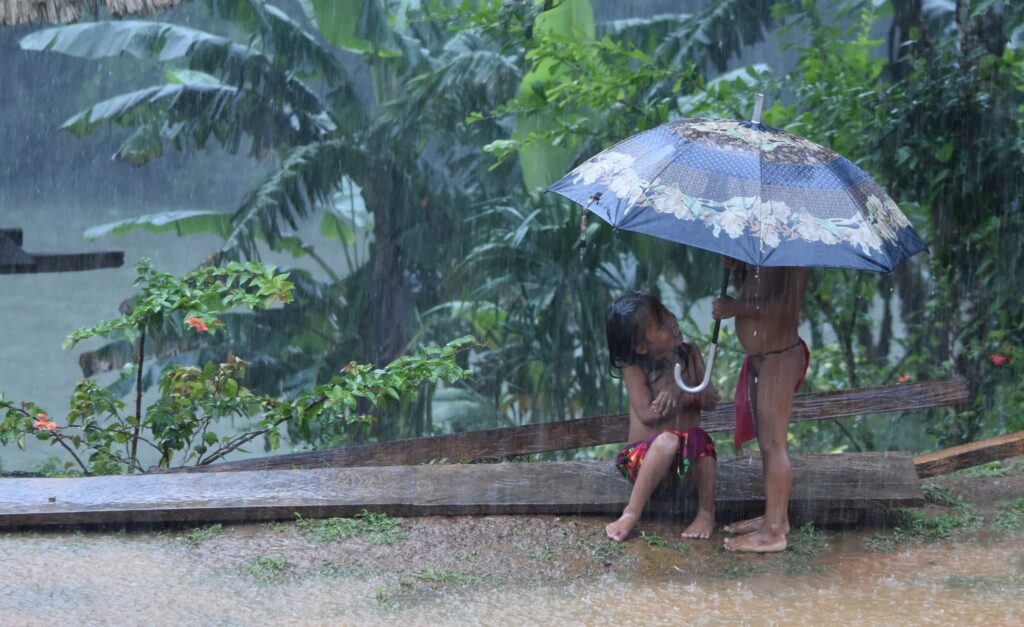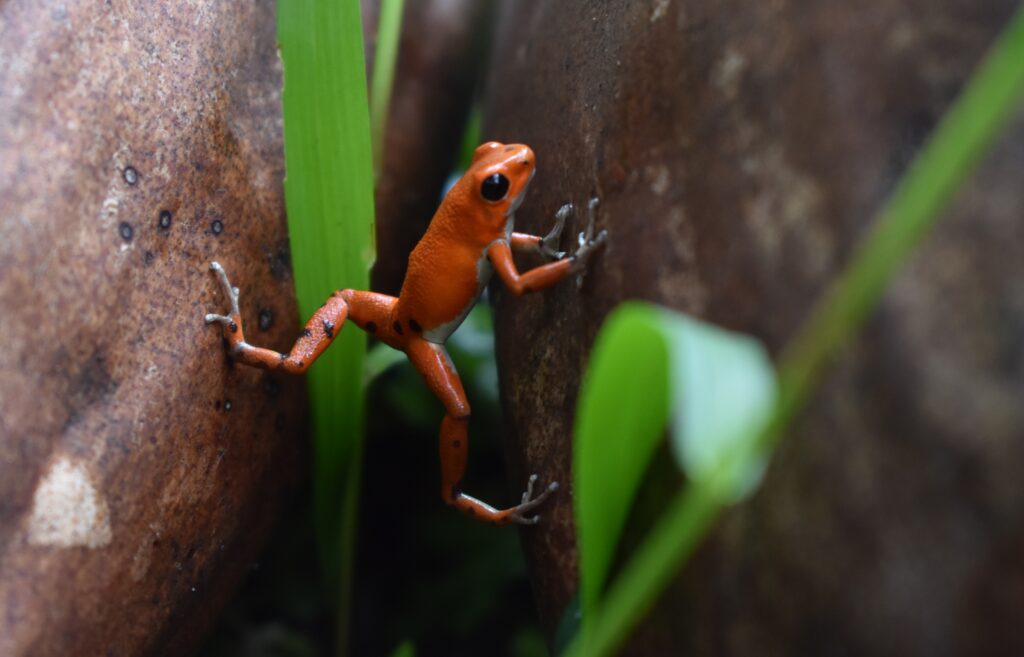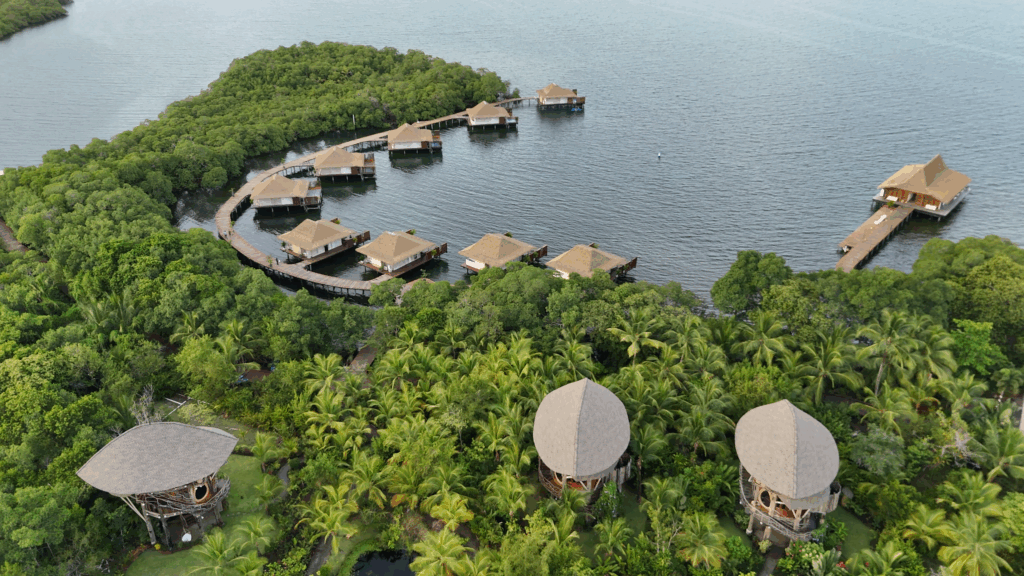A recent trip to Panama debunked a bunch of preconceptions I had about the destination. I hadn’t really planned to visit the country, but since I was going to attend a tourism event there, I thought, why not go a bit earlier and take some time to check it out. Turned out to be a great decision.

When I think of Panama, the canal is one of the first things that springs to mind and I imagined a narrow, straight, uniform canal joining the Pacific to the Caribbean. It was nothing as I expected. The history of the canal is fascinating, and the scale and challenges of the project are difficult to grasp without actually seeing it with your own eyes.
Panama is one of the top countries in all the Americas in terms of protected land as a percentage of the total, which is probably why the wildlife was much more abundant and varied than I had anticipated. Tamarins, white-faced capuchin monkeys and howlers are just some of the primates that are relatively easy to spot. The mangrove islands in Bocas del Toro are famous for a wide variety of tiny poison dart frogs, each with their own spectacular colours and patterns.

I hadn’t given much thought to Panama food before travelling there, but I was certainly impressed by the quality of restaurants throughout. With the Pacific and Caribbean coasts never really far away, dishes with fresh seafood abound. Locally sourced ingredients are favoured to produce scrumptious creations; tuna carpaccio over a wafer of toasted yucca was one of my favourites!
Tropical islands sprinkle Panama’s almost 3,000km of coastline, with the islands of San Blas boasting the clearest water and most beautiful beaches. The vast majority of the nearly 400 islands that comprise the archipelago are uninhabited, and there is no better way to explore this pristine area than spending a few days island-hopping on a luxury catamaran.

Although skyscrapers dominate the capital’s skyline today, this 500 year old city has a rich albeit turbulent history. The initial colonial outpost of Panama Viejo was sacked by pirate Henry Morgan in the mid-seventeenth century and subsequently the heavily fortified city, known as the Casco Viejo, was built and still stands today. Although it doesn’t encompass a large area, the colonial buildings, cobbled streets and abundance of restaurants and rooftop bars make it the place to be.
Panama City’s international airport is a major hub for the region, making it easy to combine Panama with nearby destinations like Colombia, Costa Rica and Nicaragua, to name a few. Although Panama was not what I had expected, after having been, I would definitely not hesitate to recommend visiting.
